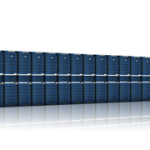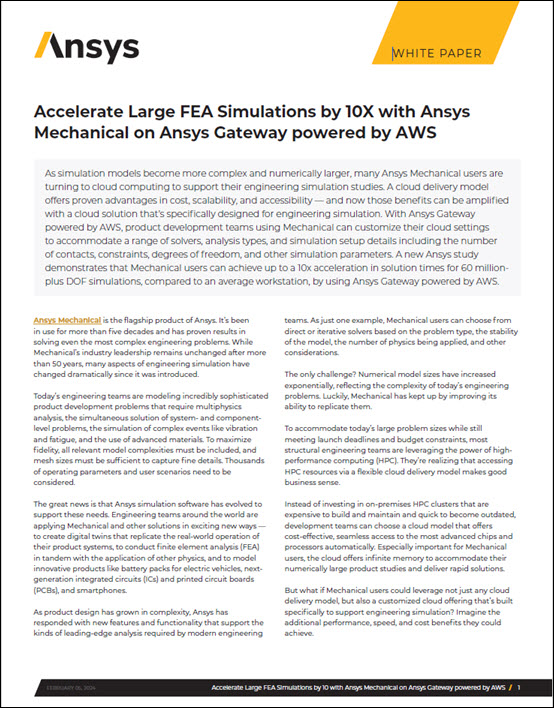In this video, Dr. Norm Uren and Dr. Matt Lamont describe how seismic processing with HPC is used to find new oil and gas resources. As reported here on insideHPC, DownUnder GeoSolutions (DUG) is making great leaps in performance using the Intel Xeon Phi.
Archives for October 2014
Karst Supercomputer to Power Research at Indiana University
In this video, Dave Hancock describes Karst, Indiana University’s newest supercomputer cluster. Housed in the IU Data Center, Karst will help researchers secure federal grants to fund discoveries, create jobs in the state, and keep sensitive data safe from cybersecurity threats.
On the Long Path to Exascale, Storage is Already Working Smarter
As the countdown to Exascale continues, Exascale-like storage problems are already showing up in today’s massively parallel, heterogeneous HPC systems. Historically, storage and I/O have kept pace with growing system demands, but, because of the limitations of spinning media and the cost of solid state storage technologies, storage performance improvements have come at a disproportionately higher cost and lower efficiency than their compute counterparts.
Easily Scale Lustre to Petabytes of Data
This week we look at various attributes including how easy it is to scale Lustre file systems. The inherent scalability of Lustre aggregates storage capacity across many servers. I/O bandwidth also scales as more storage servers are added, and can be dynamically adjusted as needs change and demands for more storage capacity and bandwidth grow.
Slidecast: Energy-efficient Computation
“A crazy idea was born at ISC14 while answering questions about the new energy metrics in Allinea Performance Reports and Allinea MAP – could the information in these reports show us an easy way to increase energy efficiency without having to change the program? The idea was to use CPU frequency scaling to run memory-bound jobs at a lower clock frequency. In Lazy Energy Efficiency Challenge One, I found that on a synthetic benchmark I could increase the iterations per watt by 19% on a memory-bound code.”
SysFera and Kitware Integrate their HPC Technologies
Today SysFera and Kitware announced that the two companies are integrating their core products.
Why Create a New Programming Language with Chapel?
“Scalable parallel programmers (and desktop parallel programmers, for that matter) would benefit greatly from a productive new language supporting better syntax, features and optimizations than today’s parallel notations offer. HPC has a rich set of lower-level technologies upon which to build and numerous failed parallel languages from which to learn.”
Webinar: Enhancing HPC Performance Through an Optimized Fabric
“Today’s High Performance Computing environments are more demanding than ever. To meet the needs of complex simulations and ever-increasing massive workloads, HPC clusters need to support faster, high core count processors, coprocessors, and higher node count clusters. Performance is key … but at what cost? In this webinar, you will learn about the factors that drive fabric performance and their impact on your investment in HPC; How the fabric is a key component of your overall HPC solution; and performance and price comparisons of some of the fabric choices available to you today.”
Cyfronet to Deploy 1.7 Petaflop HP Apollo 8000 Supercomputer
Poland’s Cyfronet will soon deploy a new HP Apollo 8000 supercomputer. Named Prometheus, the 1.7 Petaflop supercomputer will be four times more powerful than its predecessor and one of the fastest systems in Europe.
HPC Wales and Fujitsu Launch Northern Ireland’s First Supercomputing Service
HPC Wales has partnered with global technology firm Fujitsu to launch Northern Ireland’s first high performance computing service.













